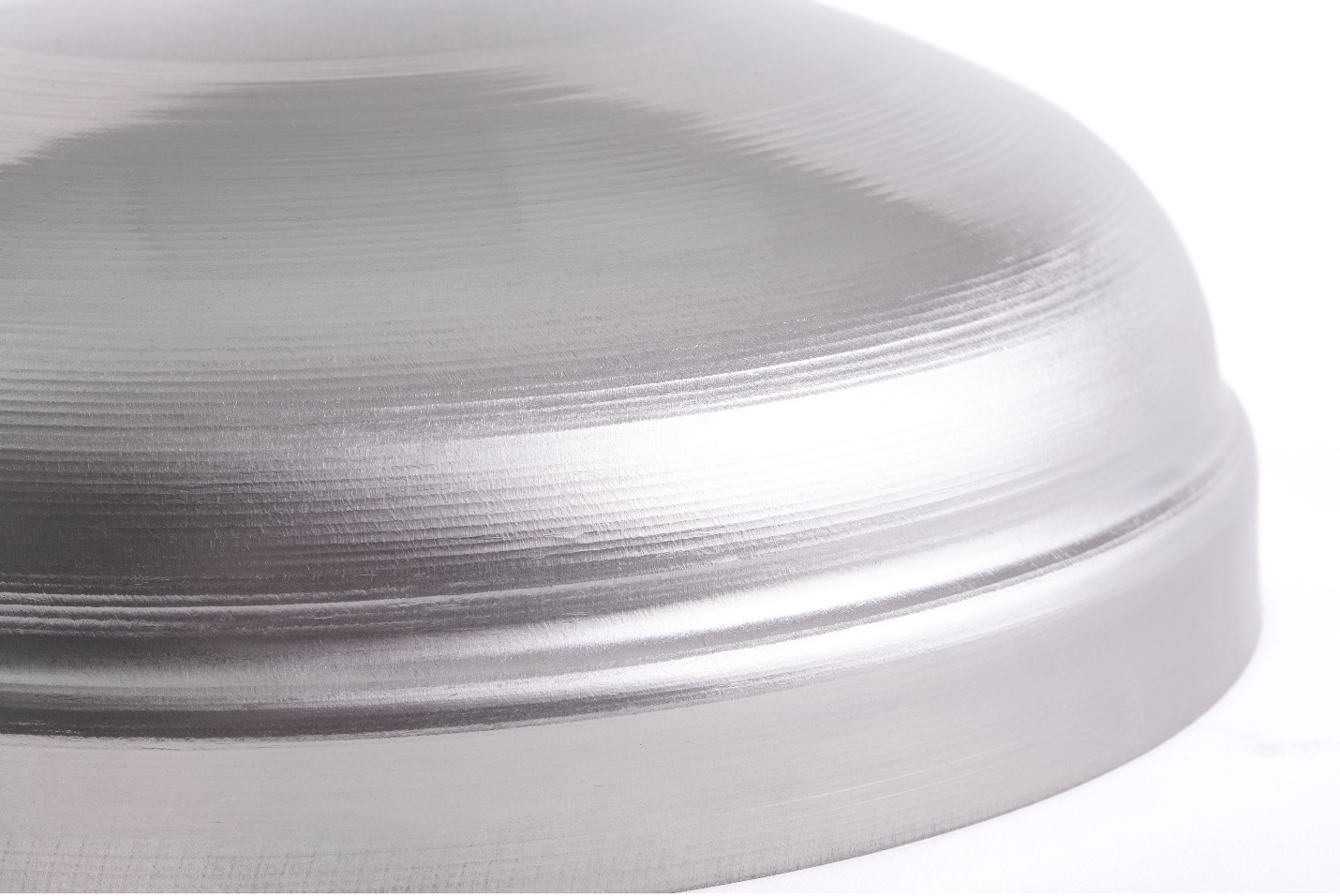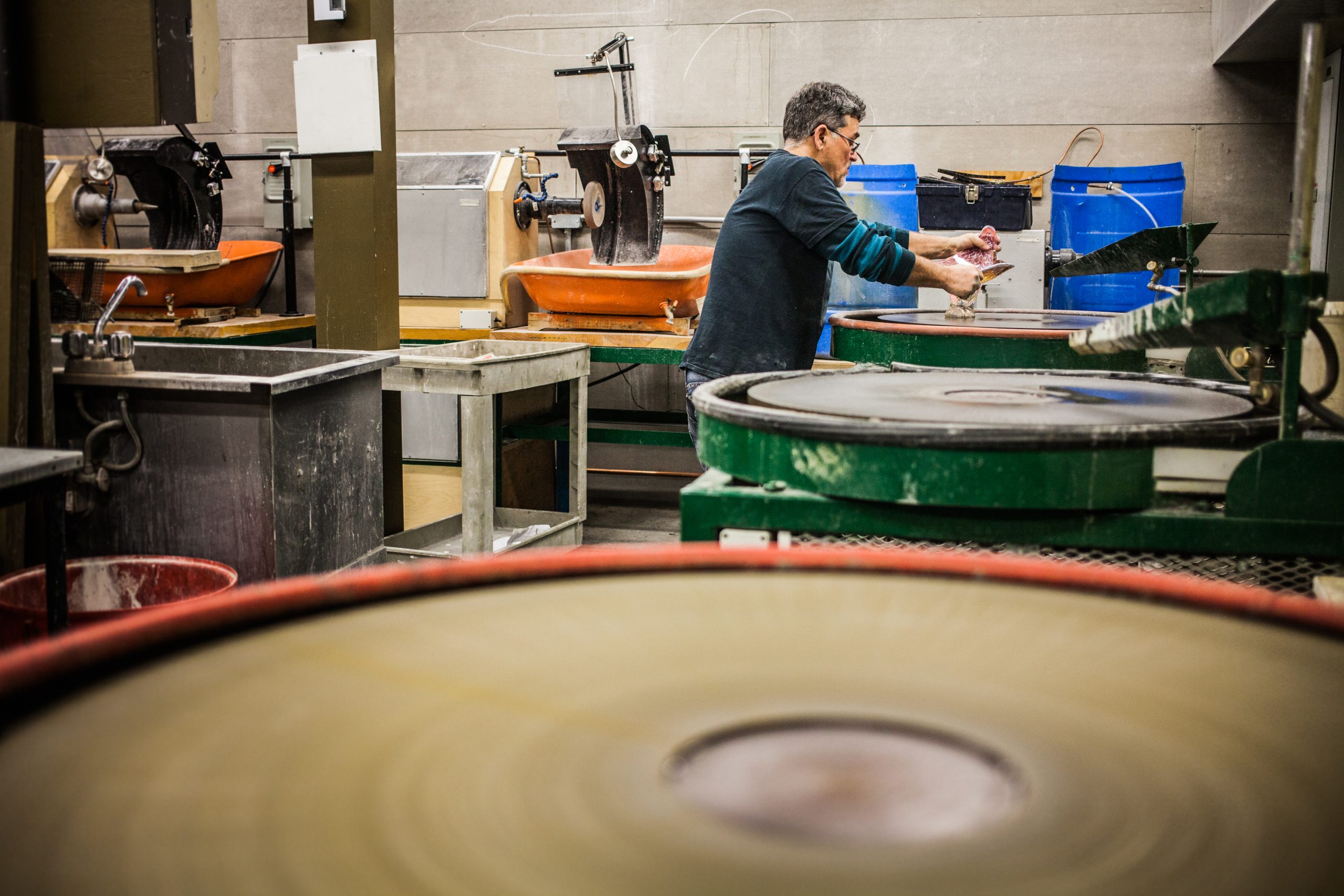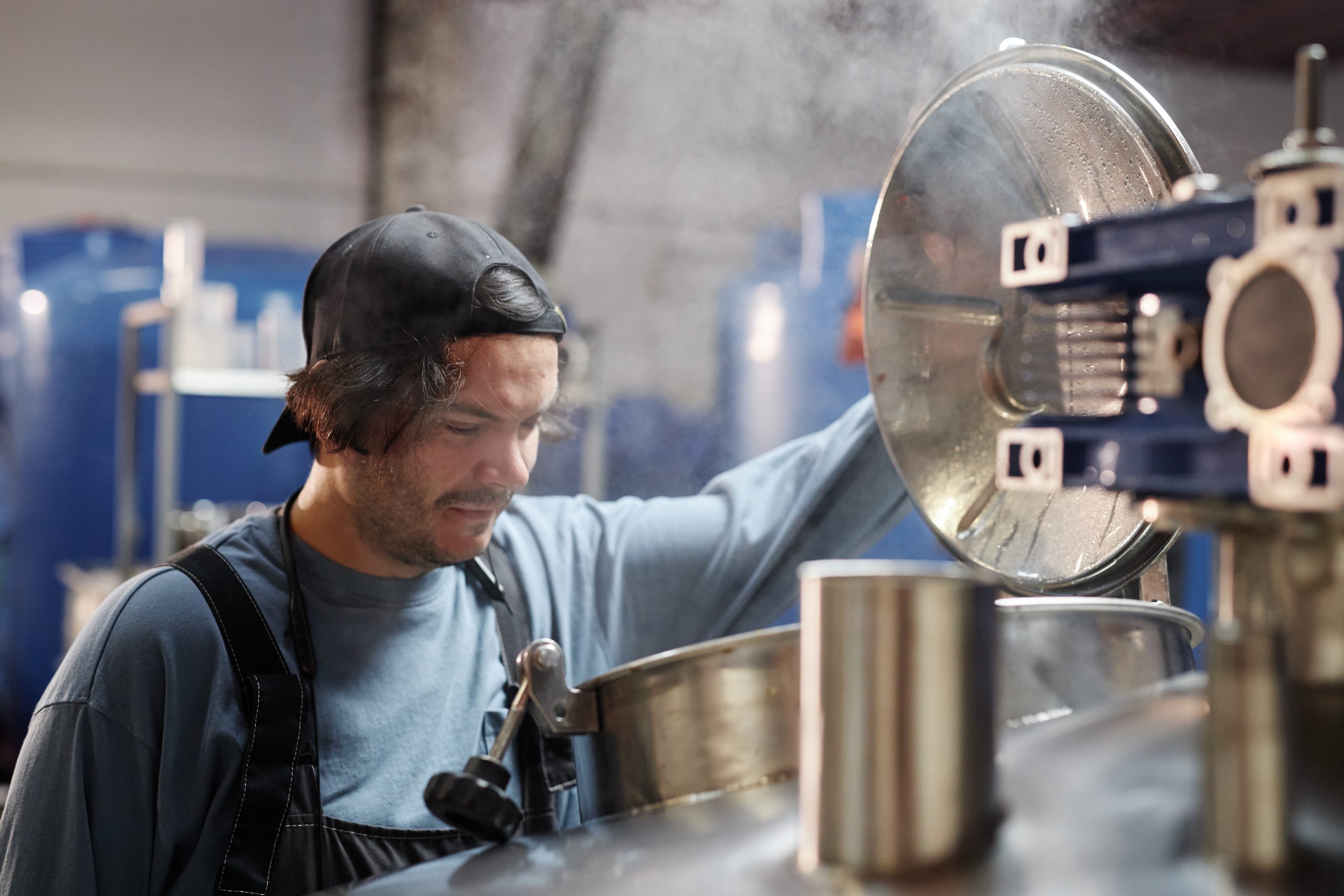Swaging, a cold-forming process, involves the use of pressure to shape metal components by forcing them into a die. This method is widely used in the aerospace, automotive, and construction industries to create intricate and high-strength parts. The process can be performed at room temperature, which helps retain the material’s properties without the need for additional heat treatments.
Swaging enables the consolidation of metal grains, resulting in a more compact and homogeneous structure. This process enhances the material’s strength and resistance to fatigue, making it suitable for demanding applications. Additionally, swaging can realign dislocated or strained crystal lattice structures, further improving mechanical properties.
While swaging strengthens metal components, it can also enhance their flexibility. By selectively deforming specific areas, the metal can be tailored to exhibit desired levels of flexibility and elasticity. This is particularly useful in applications where components need to withstand dynamic or vibrational forces without compromising their structural integrity.
Furthermore, the controlled deformation during the swaging process can introduce beneficial compressive residual stresses into the metal, which can improve its resistance to crack initiation and propagation. This is crucial in industries where fatigue failure is a concern, such as in the manufacturing of aircraft components.

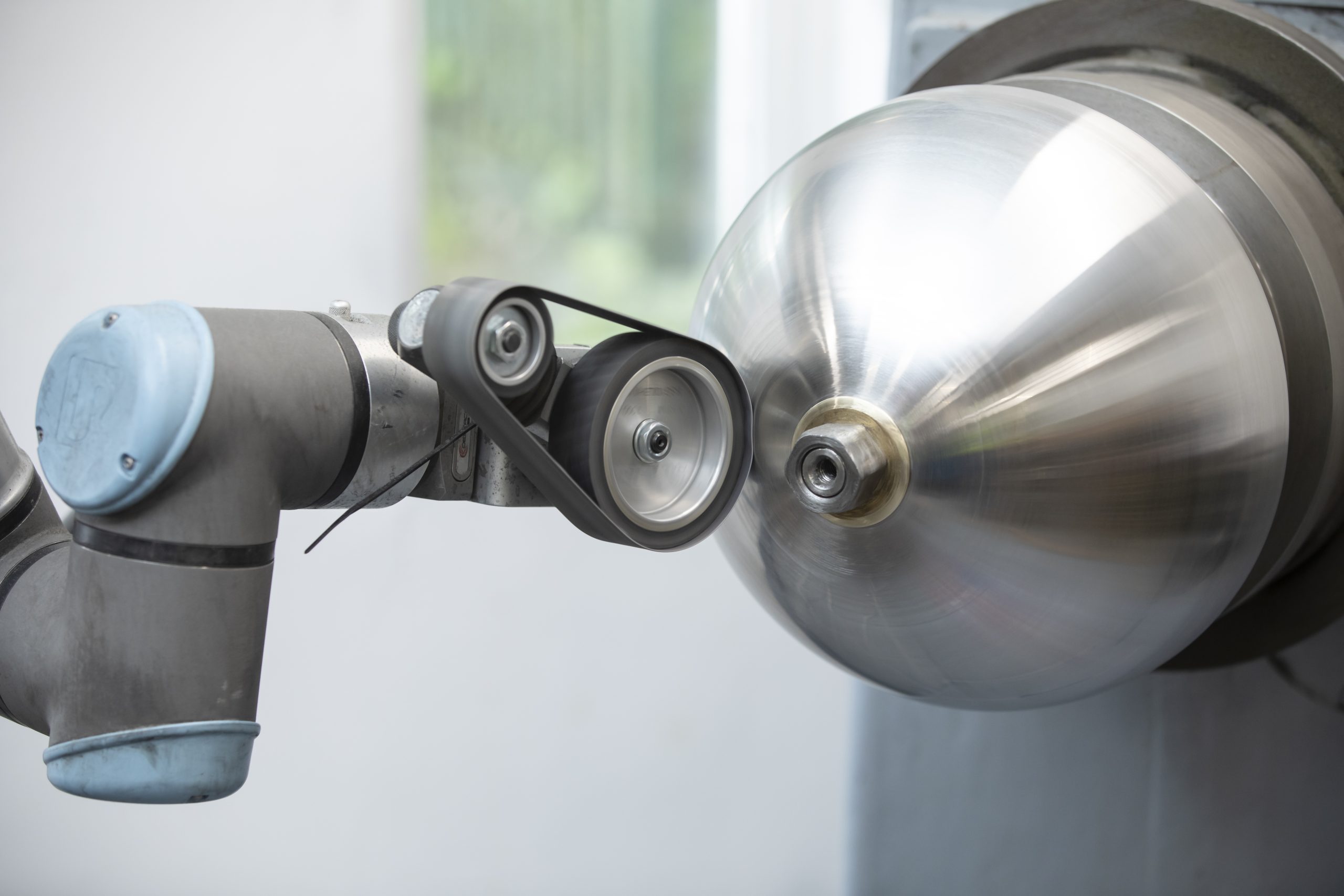 Metal Spinning
Metal Spinning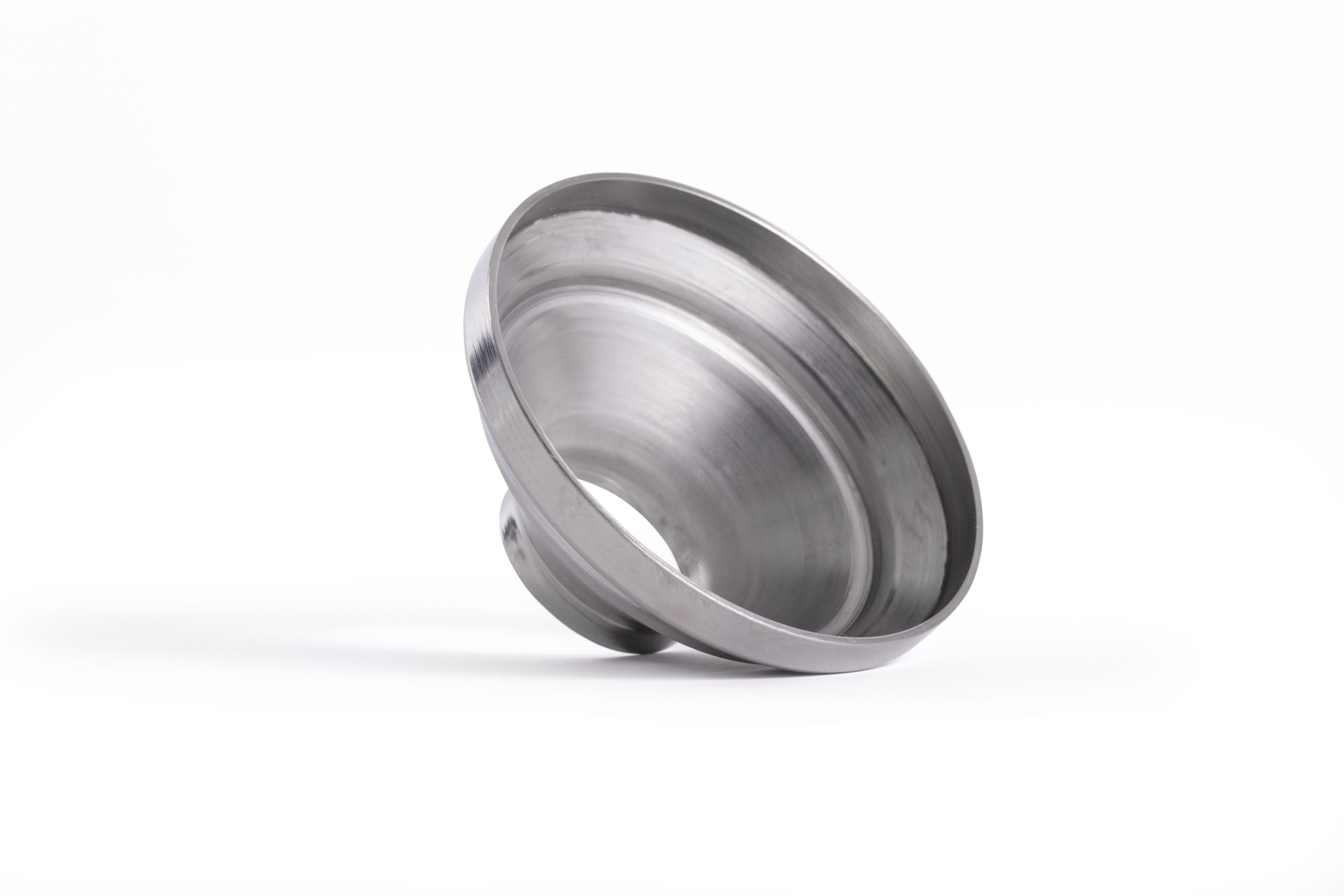 Bespoke Metal Spinning
Bespoke Metal Spinning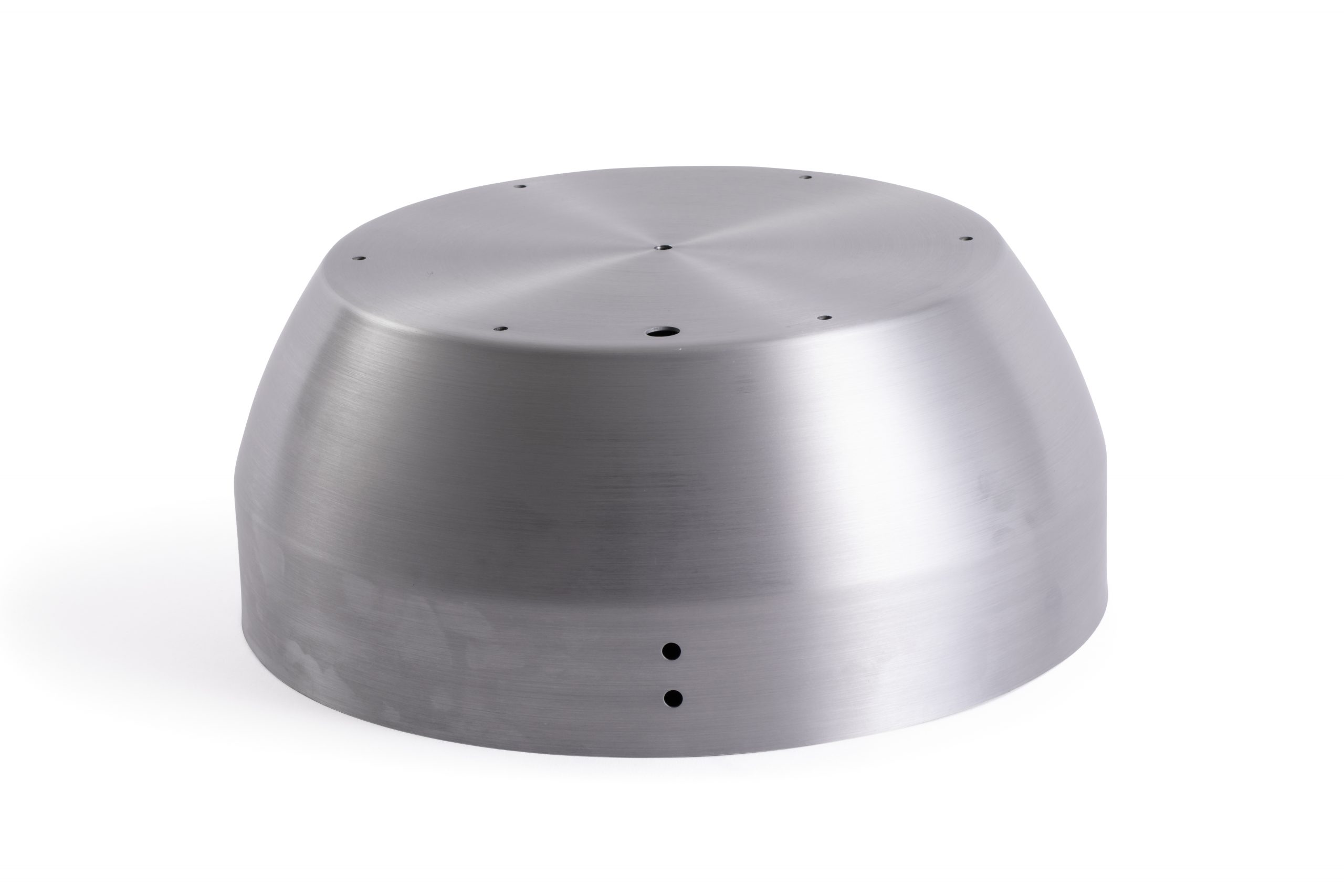 Metal Polishing
Metal Polishing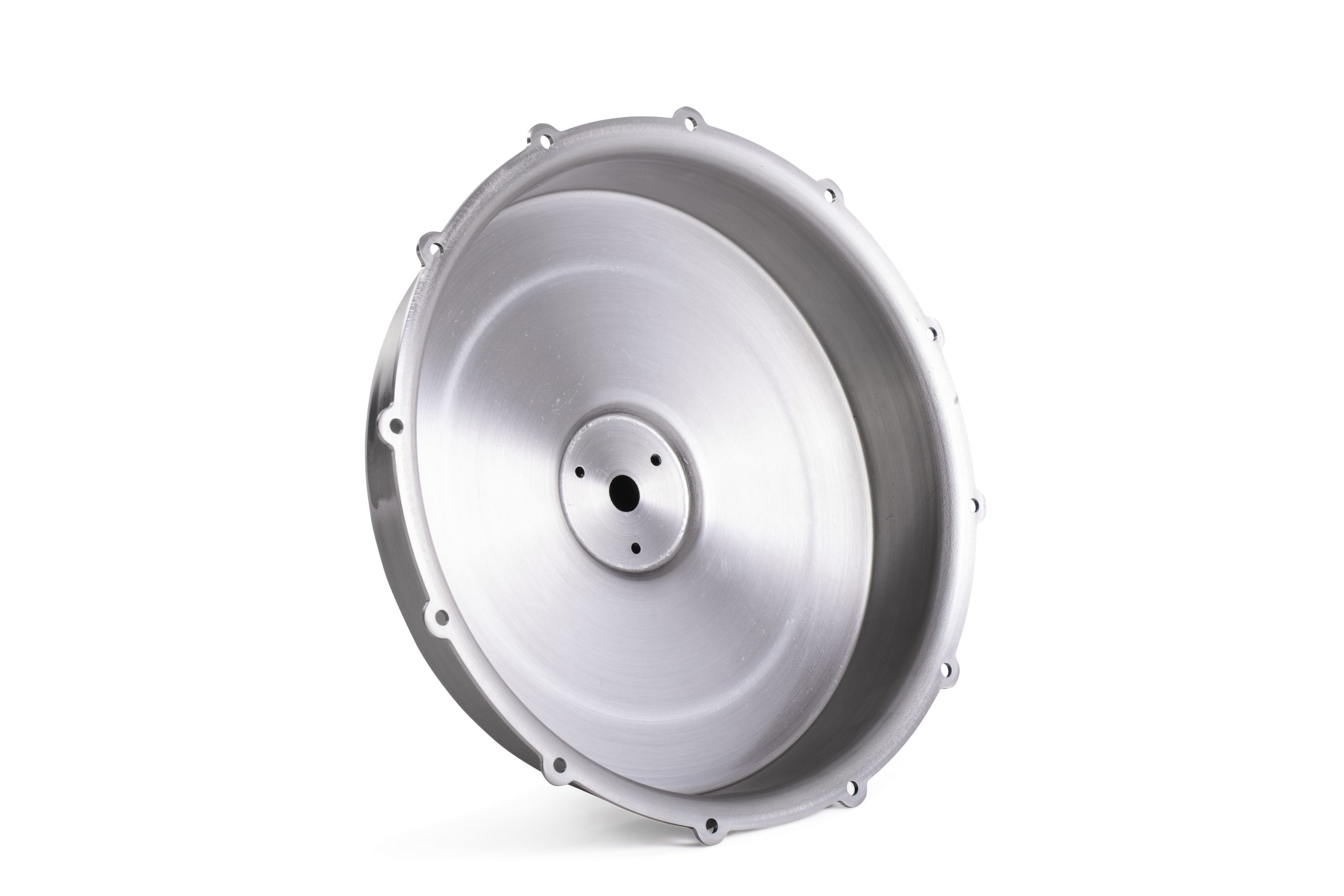 Machining
Machining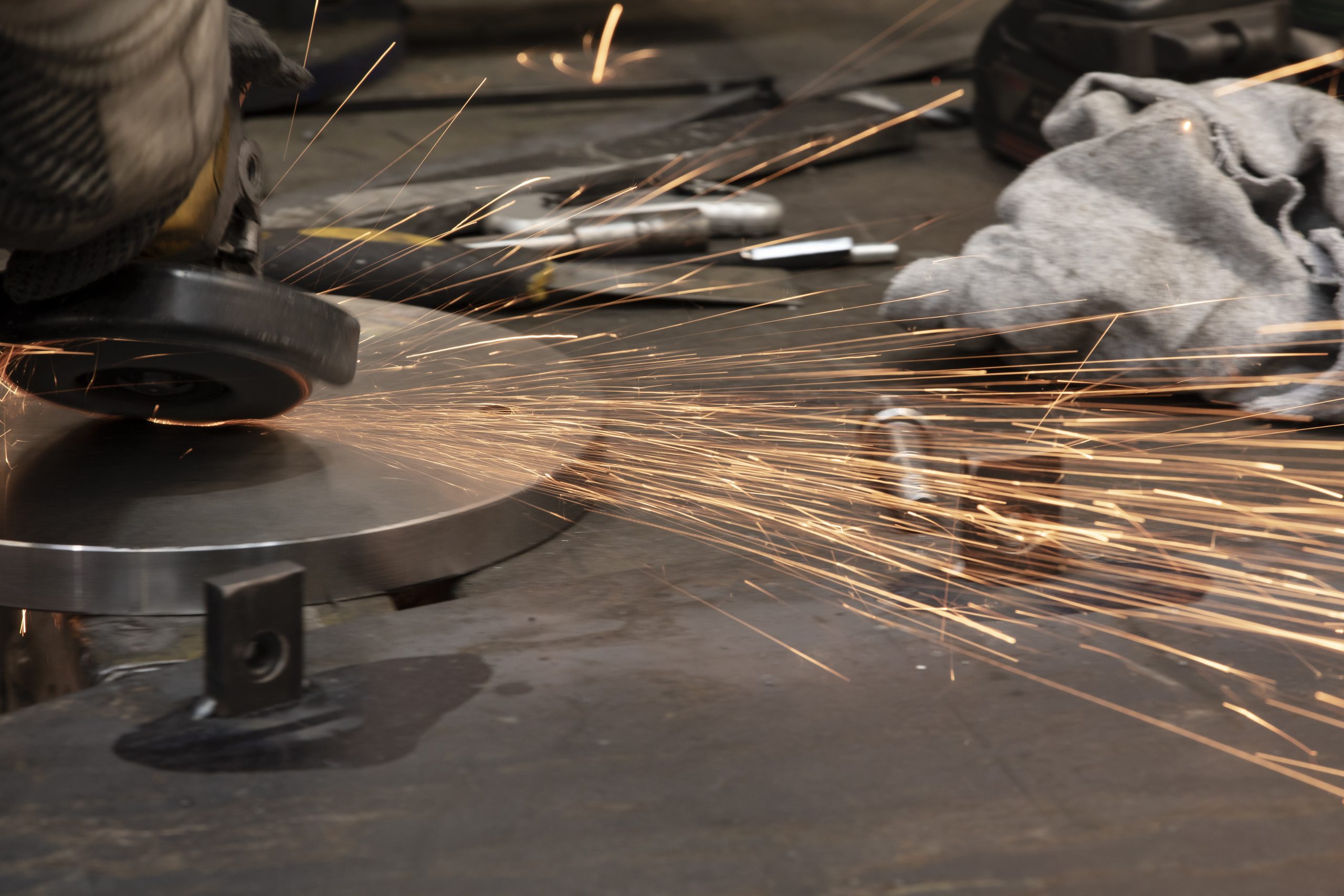 Metal Pressing
Metal Pressing Metal Swaging
Metal Swaging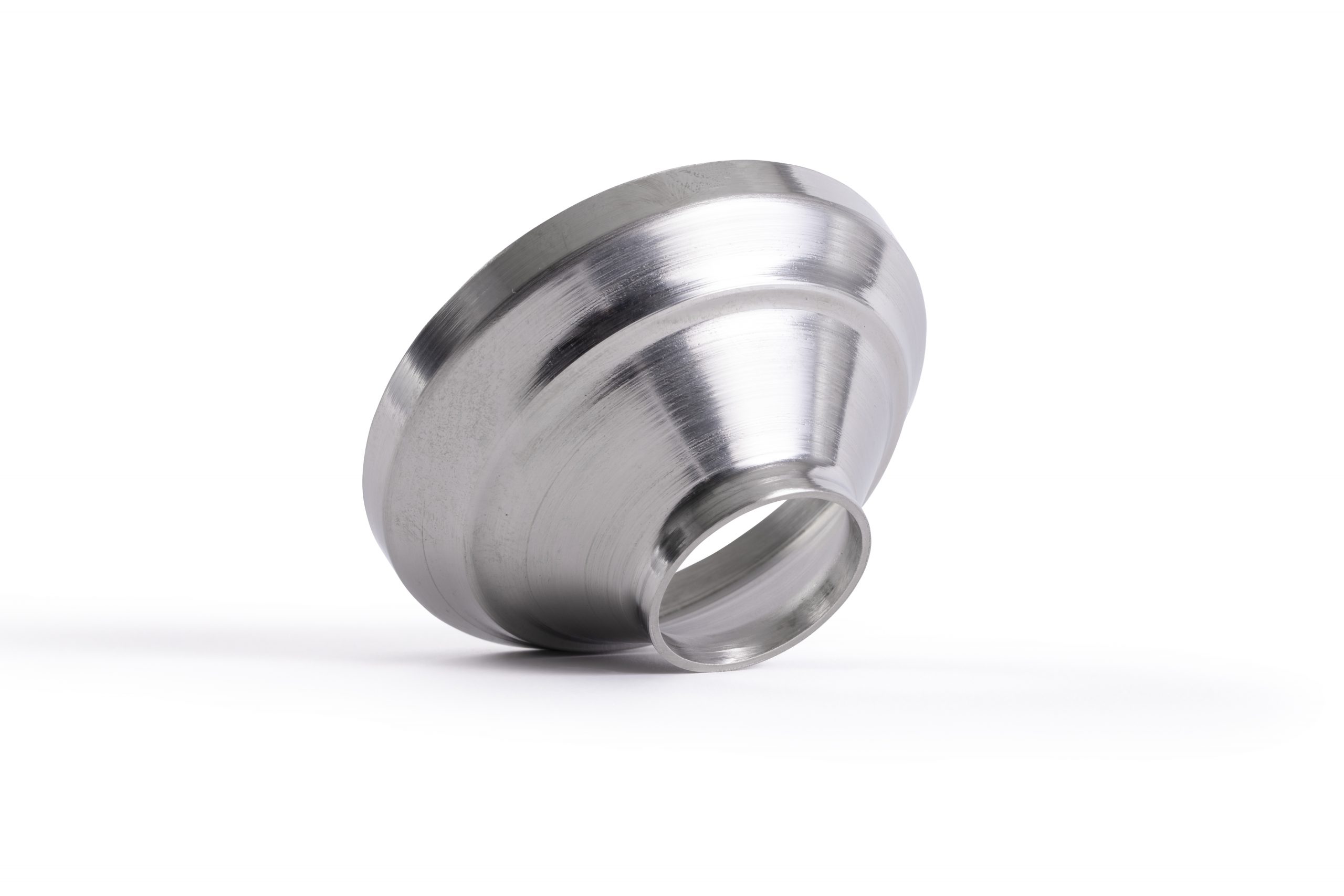 Metal Fabrication & Welding
Metal Fabrication & Welding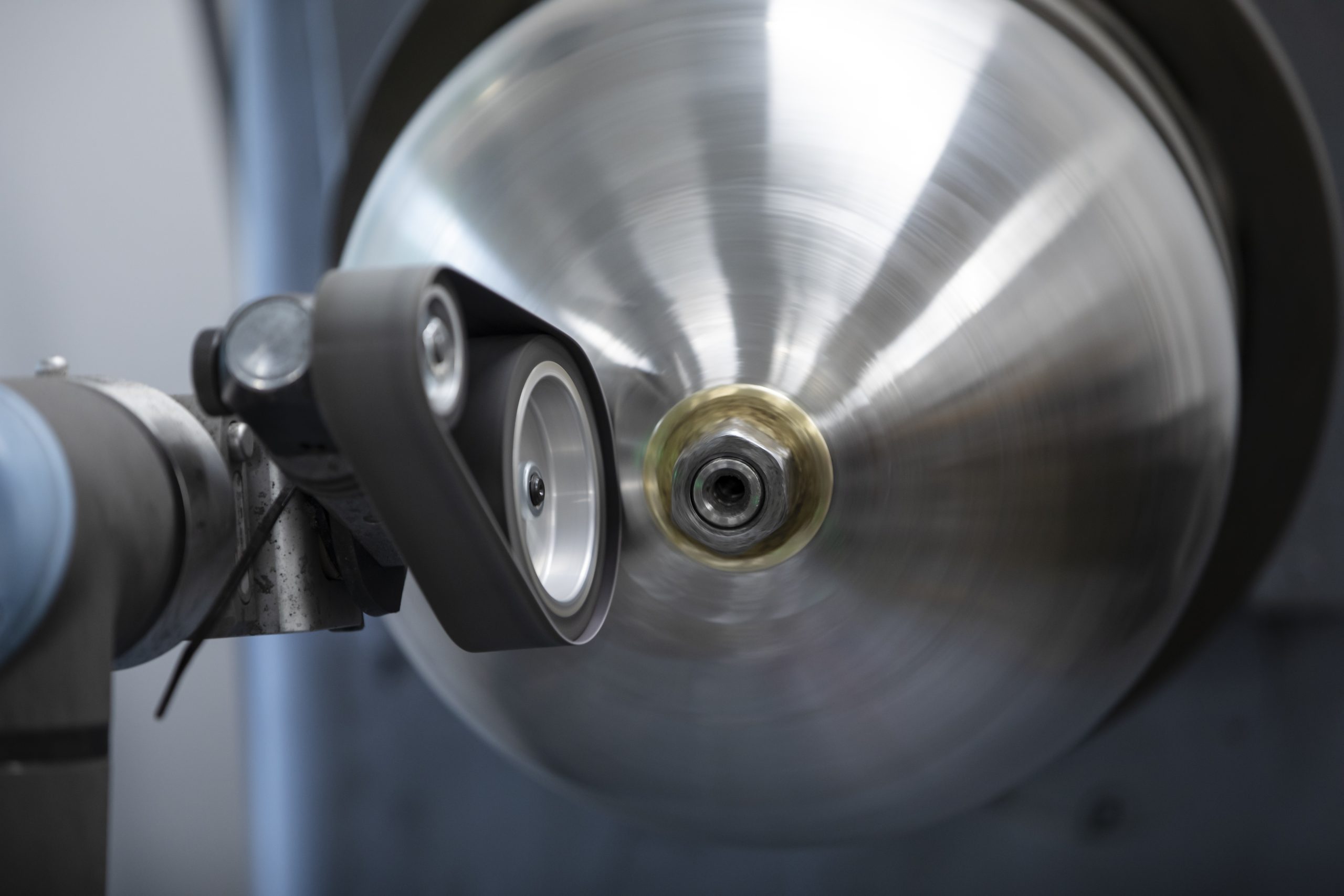 Precision Engineering
Precision Engineering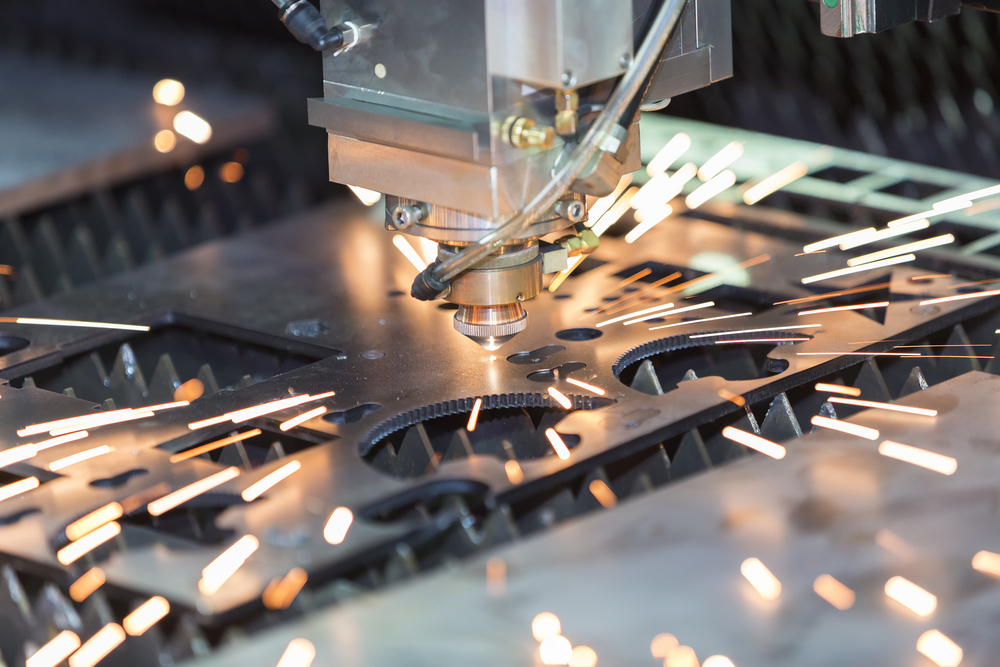 Laser Cutting
Laser Cutting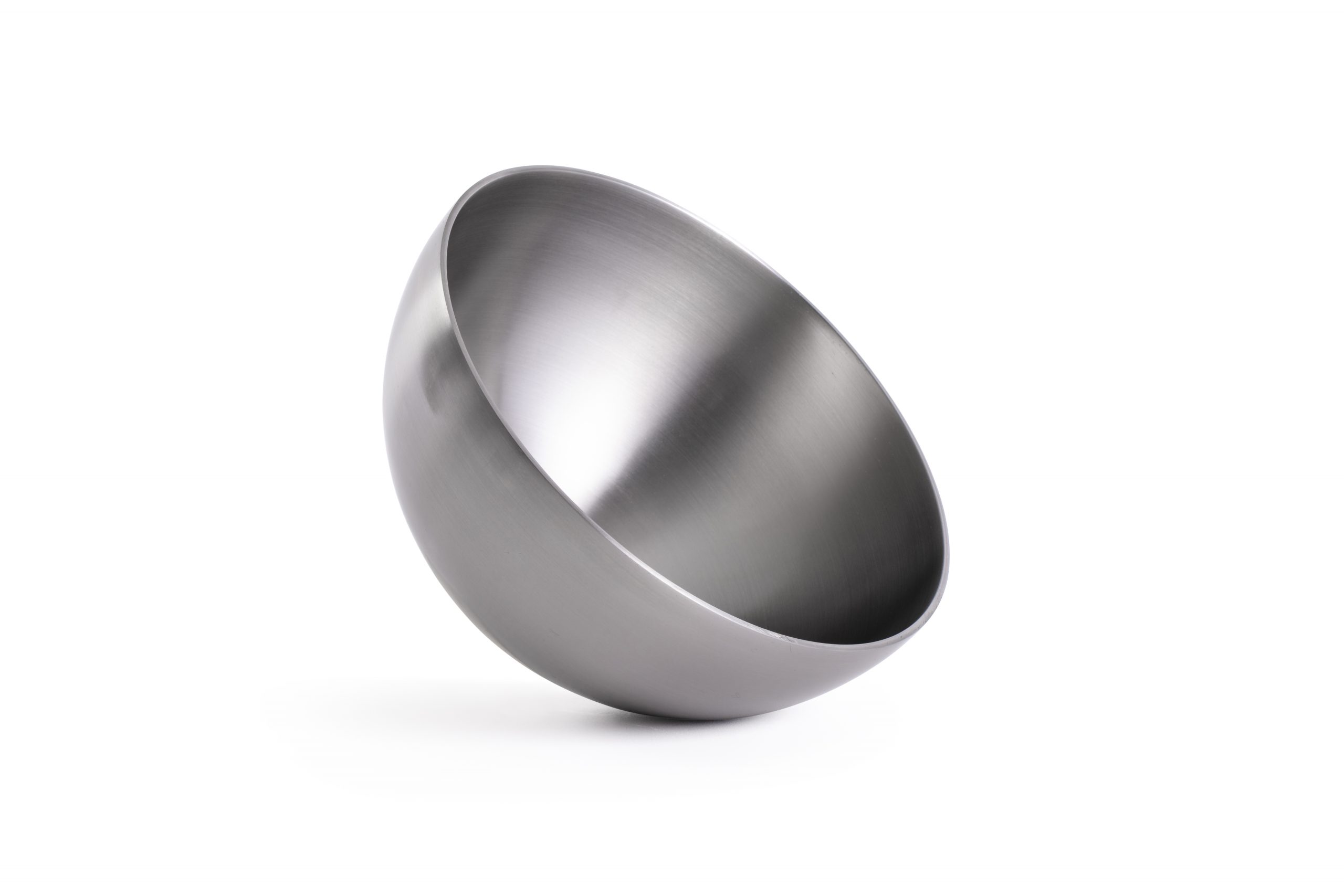 Inspection and Quality
Inspection and Quality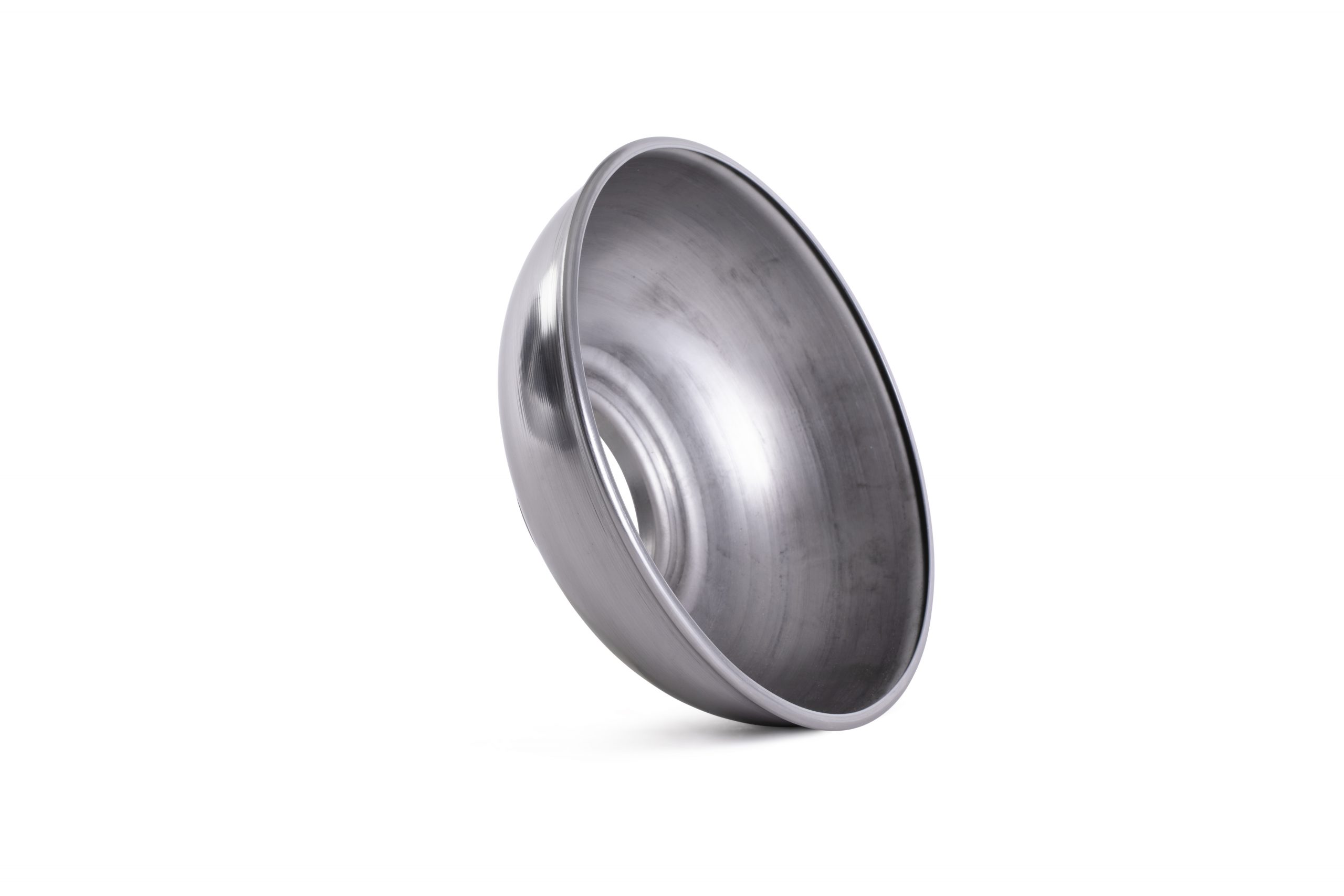 Anodising, Electropolishing and Pickling & Passivating
Anodising, Electropolishing and Pickling & Passivating Agriculture
Agriculture Automotive
Automotive Air Movement
Air Movement Food Industry
Food Industry Marine
Marine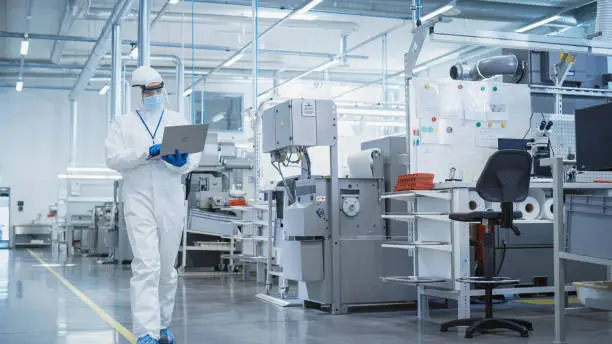 Medical and Cryogenic
Medical and Cryogenic Playground
Playground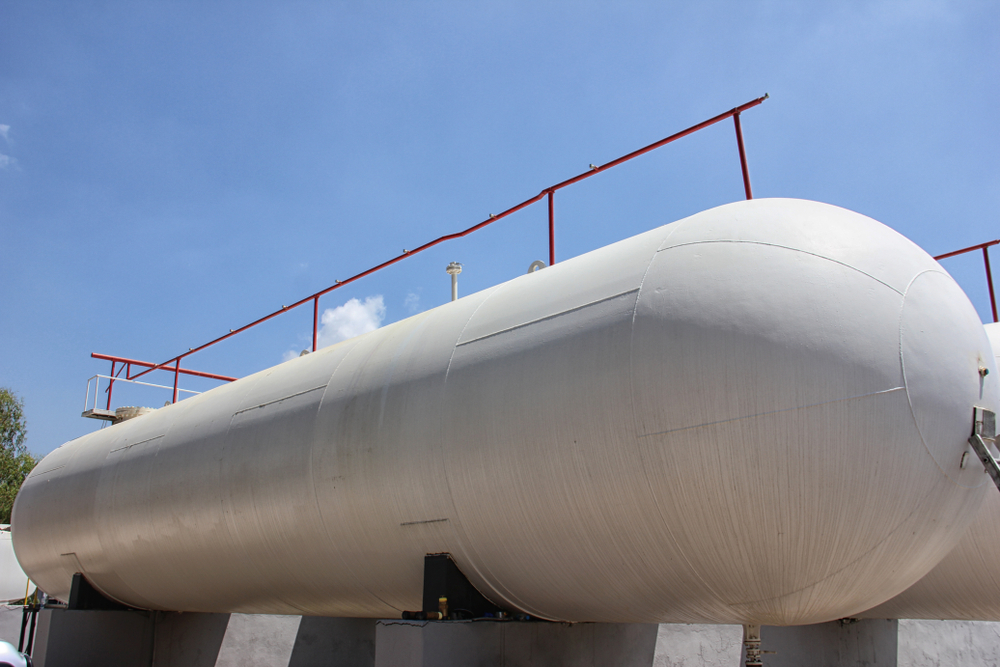 Pressure Vessels
Pressure Vessels Renewable Energy
Renewable Energy Safety
Safety